Optibee, and Other Buzzworthy Apps For Monitoring Your Beehive
After a century of just droning along, beekeeping is going high-tech.
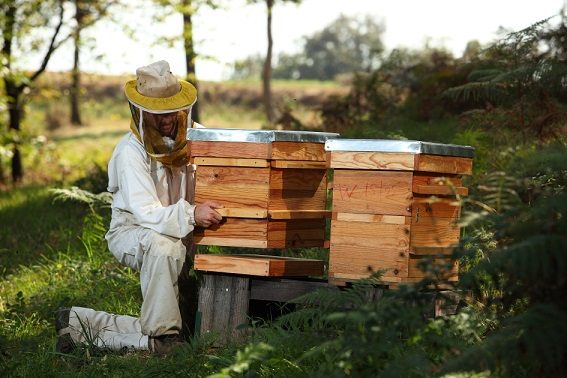
A few Optibees in action. (Photo courtesy Optibee)
By now, you’re probably sick of hearing about physical things you can accomplish via your smartphone, tablet, or device. Unlock your apartment? Old news. Dim your lights? Snoozefest. Play with faraway cats? Slightly better—but still, on the whole, bo-ring.
But what if I told you that, with just a few clicks, you could check on every single one of your beehives?
Meet Optibee—a French machine that, according to its website, allows users to achieve “a very precise monitoring of apiary conditions” by streaming bee-related data straight from hives to smartphones.
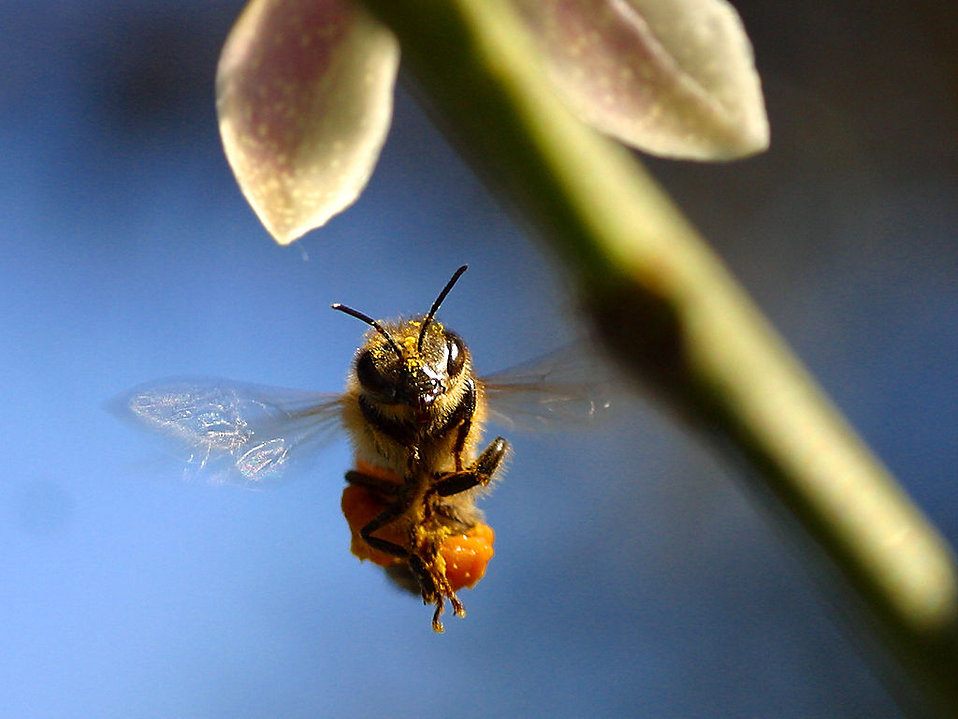
A honeybee, en route to his (potentially smart) hive. (Photo: Jon Sullivan/Public Domain)
“Optibee was born during a family meeting, where a computer scientist and an amateur beekeeper asked together how it could be possible to help beekeepers save time and money,” the Optibee team wrote in an email. They came up with a series of scales and weather monitors, which take measurements every 10 minutes and stream them to the apiarist’s phone or laptop. In summer, they explain, “beekeepers are able to see in real time the health of the honeybees inside the beehives.” In winter, they can analyze the data they’ve collected, and prepare better for next year.
Hooking up a scale to a smartphone may seem like no great shakes, but as it turns out, the weight of a hive can tell you a lot about the bees inside. Slowly packing on the pounds means things are looking up. A rapid decrease can mean bees are hungry and eating their honey store, or that they’ve suddenly “swarmed,” or left en masse. Factor in temperature and humidity, and you can take a crack at everything from mapping nectar sources to diagnosing sudden hive death. Most helpful for middle management, a scale puts a number on bee productivity—even small-time hives can pull in a dozen pounds of nectar over a good long day.

The Optibee dashboard tells you when your honey’s rollin’ in. (Screenshot courtesy Optibee)
Having these numbers to hold onto and look back on is a weight off for beekeepers, who, as one bee data evangelist put it, often feel like they’re “herding cats.” As hobbyist beekeeper Lonnie Funderburg wrote recently in an essay about beginning to weigh her hives, “it is almost as if I knew nothing before, and now I know something.” Customers have responded enthusiastically—there are Optibees currently cranking away in France, Spain and Belgium, and the company recently removed their order minimum, which means hobbyist hiveminders can now get in on the action.
Optibee is one of a small swarm of specifically bee-focused technologies that people have thought up over the past few years. While a number of these have gotten off the ground, others remain trapped in sticky logistics or big dreams. APiS Tech’s similar Smart Hive Monitoring System failed to raise enough money to enter production (this is too bad, as it included a counter, which was meant to keep track of the insects’ entrances and exits like some kind of beehive bouncer).
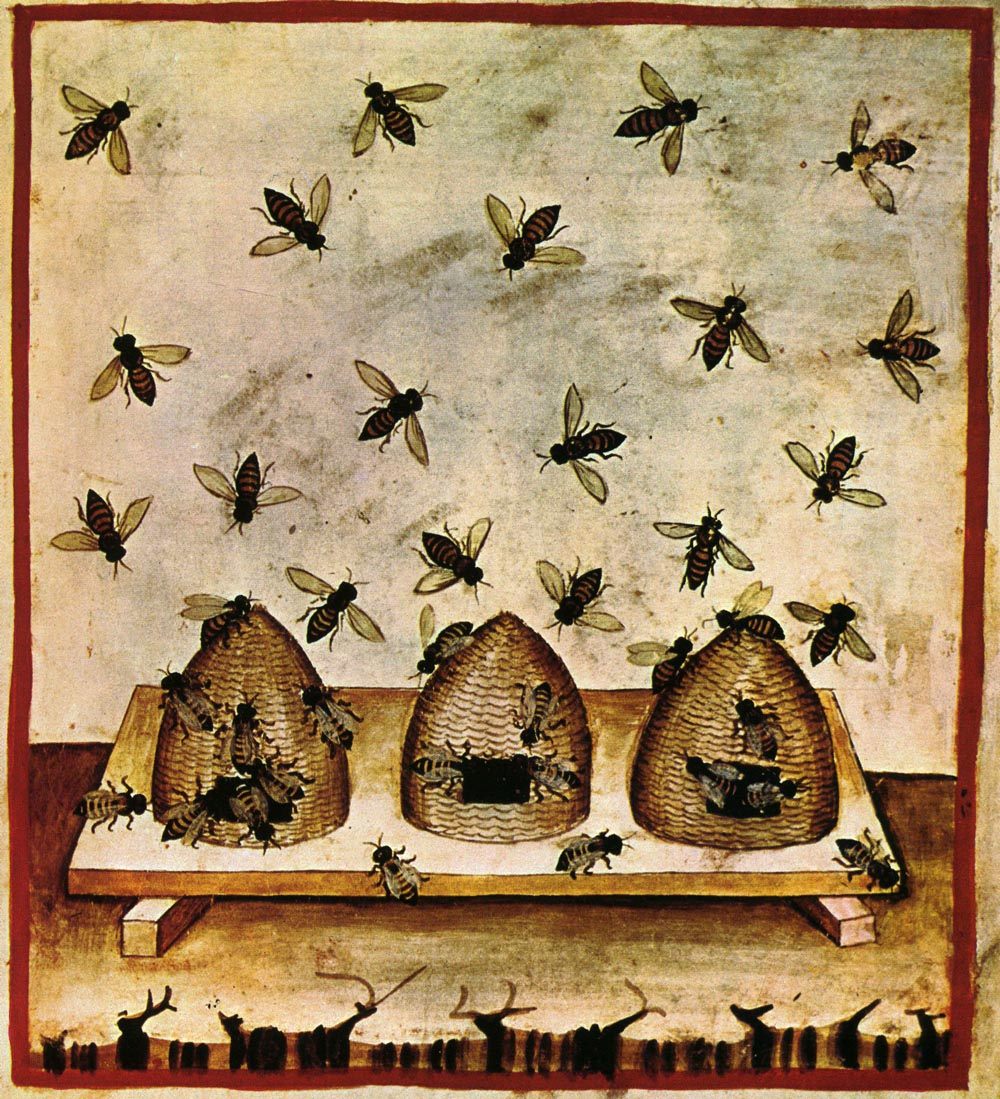
A 14th-century depiction of beekeeping. (Image: WikiCommons/Public Domain)
Bee Smart Technologies plans to “create a bee-to-human dictionary” that will allow keepers to diagnose problems based on buzzing. And an interdisciplinary collective, Open Source Beehives, is still working on sensors designed not only to help individuals keep an eye on their bees, but to provide a comprehensive bee health dataset, which researchers could use to study the current bee apocalypse.
This recent run on the market seems especially noteworthy when you consider that the last major advance in beekeeping technology occurred in the mid-19th century. As Ross Conrad details in an article for Bee Culture, the years between 1850 and 1875 brought us “the movable frame hive, the centrifugal honey extractor, and the modern hand-held bee smoker.” Up until a year or two ago, those tools were still just about as modern as you could get.
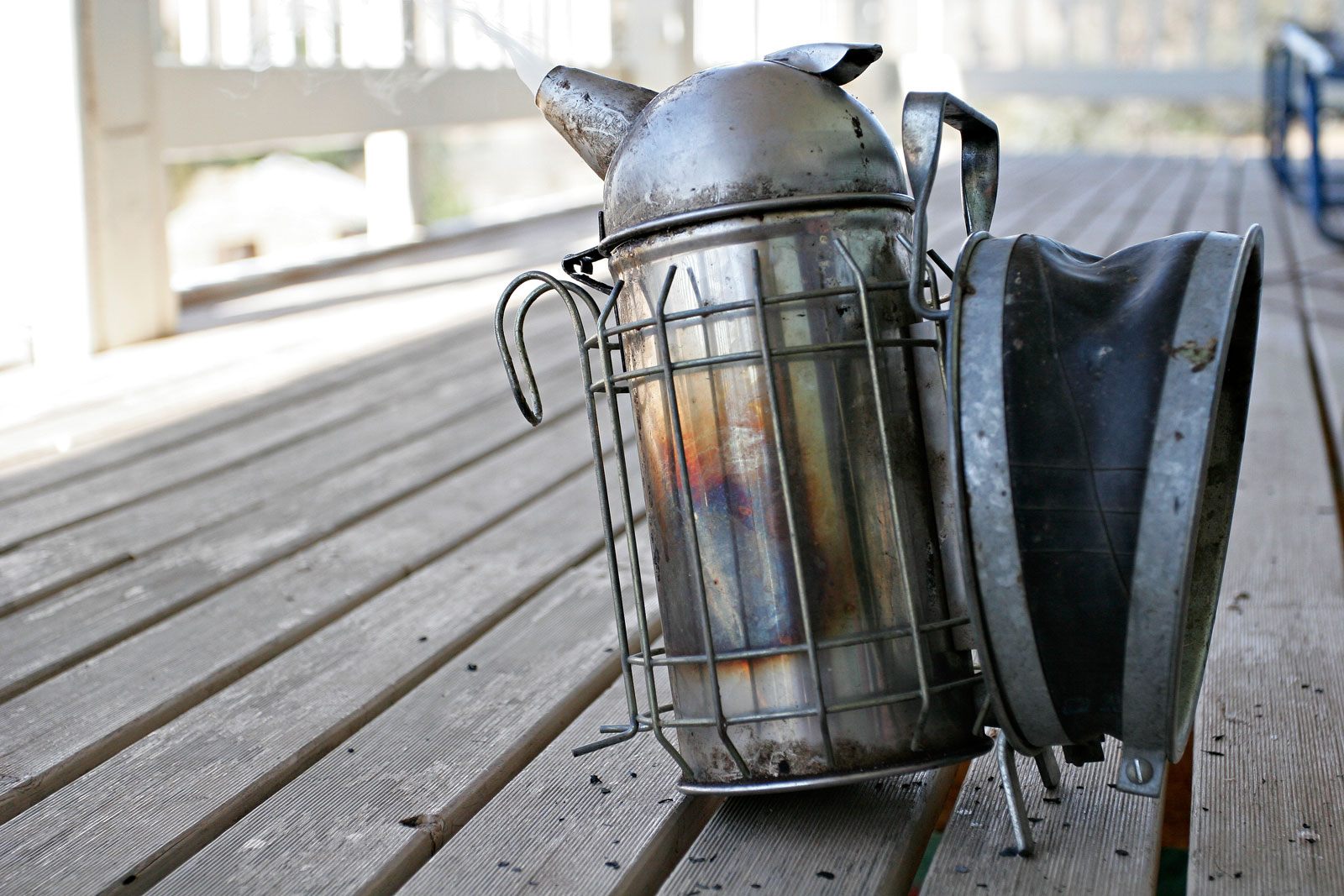
The single-handheld bee smoker, invented by Moses Quinby in 1875. (Fir0002/Flagstaffotos/CC BY-NC)
Some beekeeping traditionalists worry that this leap into the technological blue yonder will end up setting the craft back. Last year, a much-buzzed-about new hive design, the “Flow Hive,” disturbed some experienced apiarists, who feared it would “further remove beekeepers” from their task. Others argue that, in the very long term, low-energy technology will end up being more efficient than anything that requires electricity. “I suspect that the technologies that will be used by our great, great grandchildren will more closely resemble the technologies that our great, great grandparents used than anything that is emerging today,” Conrad writes.
Bee that as it may, the Optibee of today is ready to earn its stripes. “Beekeeping tech has been the same since a hundred years ago,” they write. “We think it is time to bring a little technology inside the community.”

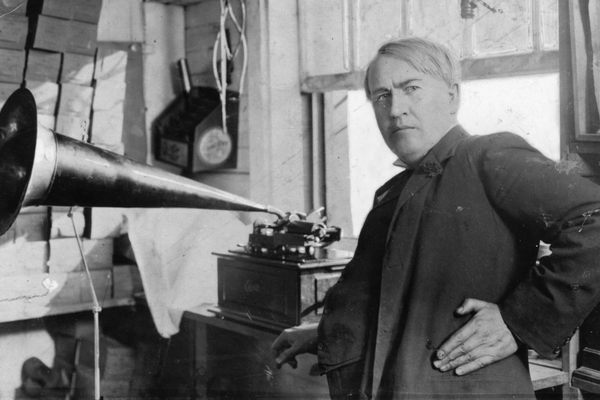













Follow us on Twitter to get the latest on the world's hidden wonders.
Like us on Facebook to get the latest on the world's hidden wonders.
Follow us on Twitter Like us on Facebook